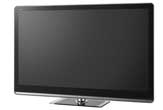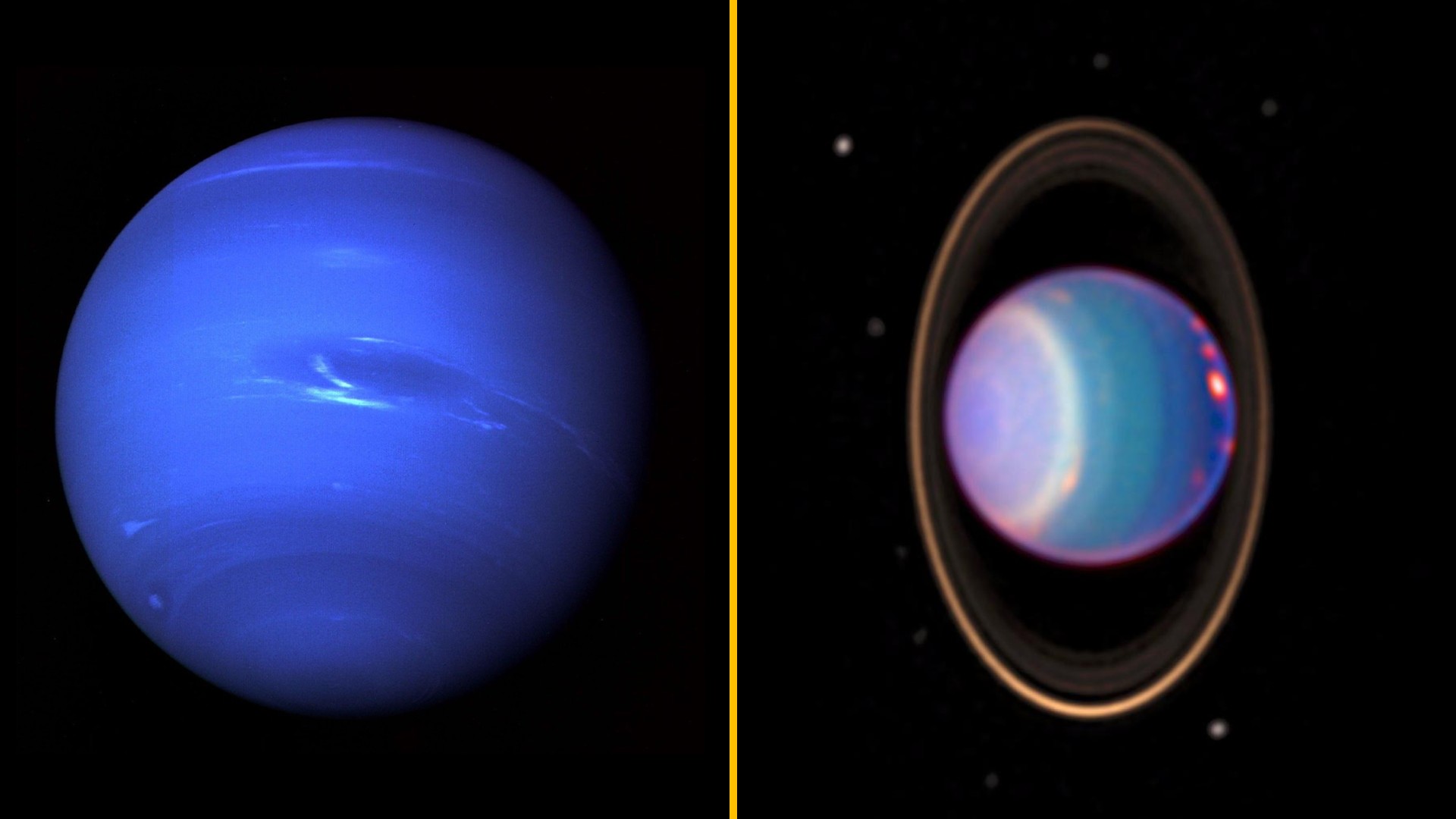Holiday TV Technology Comparison: Plasma Vs. LCD

There are two types of TV technologies available to holiday TV buyers: plasma and LCD. Each has its benefits and drawbacks, but even these may be mitigated by the viewing environment.
Each technology uses a radically different process to produce a picture. Plasma is based on tiny cells of gas trapped between two layers of glass, while LCD controls light passing through liquid crystal with tiny shutters and filters.
Plasmas are generally less expensive per square inch of display size, offer deeper blacks, and have a wider viewing angle — but they also use more power, have a thicker profile and may be dimmer than their LCD counterparts. Plasmas have long been the technology of choice for home theater enthusiasts and can be found in sizes as large as 150 inches. Plasma may also have a technological advantage over LCD for 3-D display.
LCD TVs represent 90 percent of all HDTV sales, according to Displaybank. Because so many more manufacturers produce LCD TVs, you'll find a wider range of products from stripped-down budget TVs to high-end models with premium features such as built-in Internet apps, 3-D capability and better sound systems. LCD TVs are usually thinner and therefore lighter weight and offer a brighter picture than plasma TVs.
The fastest-growing type of LCD TVs is LED, which are often marketed as TVs with a technology of their own. Not quite so — LED TVs are LCD TVs with LED lights to illuminate the display rather than the CCFL lights used in conventional LCD TVs. CCFL stands for cold cathode fluorescent lamps, the same technology used in most office lights. Because of LED display technology, LED-backlit TVs consume less energy than conventional LCD TVs, are brighter, thinner and more expensive.
Tech specs: the two R's
When it comes to a great picture, resolution and refresh rate, in the case of LCD TVs, these factors will make the biggest contributions to the picture. While manufacturers tout higher and higher contrast ratios, the human eye cannot detect differences beyond 1,000:1, a level surpassed in 2004 when the first 4,000:1 sets were introduced. Contrast ratio has evolved into a meaningless measurement.
Get the world’s most fascinating discoveries delivered straight to your inbox.
Resolution
Resolution comes in two levels, 720p and 1080p. While both are considered high definition, 1080p is often referred to as full HD because it is capable of displaying every pixel of HD content. It offers more than twice the resolution of 720p, which is now considered an entry-level spec and is systematically being phased out. Samsung and Sony no longer make 720p TVs larger than 32 inches, but Panasonic offers larger models in the lower resolution. The difference will be noticeable in screens 42 inches and larger.
Further, what you see also depends on what you're watching. To experience full HD, you have to view HD content, whether that's an HD broadcast channel or a Blu-ray movie. Both plasma and LCD HDTV resolutions are measured this way.
Refresh rate
The refresh rate refers to how many times the picture is redisplayed each second, and becomes noticeable when viewing fast action content and slow pans across a scene. At lower rates, viewers may notice a blur in the first case and a jerky appearance or so-called judder in the second instance. For LCD TVs, both conventional and LED, refresh rates are offered at 60Hz, 120Hz, and 240Hz. The lower rate is being phased out by manufacturers and you can bet that if the refresh rate is not listed, it's 60Hz.
While 120Hz has become the standard and offers a noticeable improvement over 60Hz, LED TVs often sport the higher 240Hz rate, adding to the price, but offering little discernible improvement in picture quality.
In an attempt to compare technologies, plasma TVs are all rated at 600Hz, which may be misleading. Because of the way plasma TVs process and display information, they have never had a problem with refresh rates like LCD TVs, which constantly struggle to overcome inherent motion blur. If you're considering plasma, disregard refresh rate– all plasma TVs provide smooth pictures across all scenes.
Viewing environment
Plasma TVs offer a more natural, film-like picture and are best suited to darker rooms. Plasma also offers a wider viewing angle, so viewers who are off to the side will still see a bright, clear picture. LCDs of both types are a better choice for brighter rooms and situations where you want a small TV or intend to mount it on the wall.
LCD TVs usually consume less energy than plasmas and LED models will consume the least. In an hour of viewing, the average plasma TV consumes 301 watts of energy, the average LCD uses 111 watts, and an LED TV consumes around 101 watts, according to Dominion Power.



